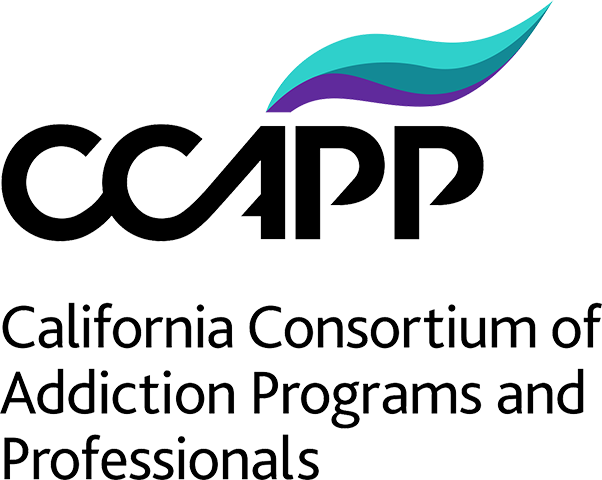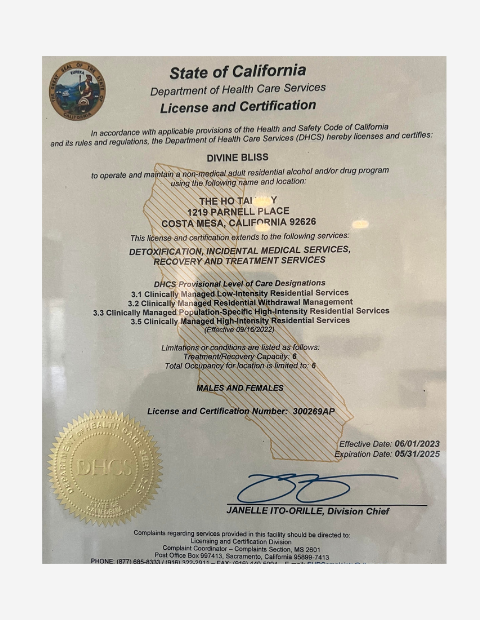When you hear the words “addiction recovery,” what do you think about? Most people think of ceasing to use substances and then possibly abstaining from them for some period of time. However, that is only the outward manifestation of changes that need to occur throughout the whole person in order to achieve and maintain sobriety. What is the whole-person approach to addiction recovery?
What Are the Three Components of the Whole-Person Approach?
The whole-person approach to healing combines addressing the needs of the mind, body, and spirit. Also known as wholistic healing, treating the entire person reconnects your mind, body, and spirit, and creates a more complete and lasting recovery.
The focus on the physical effects of substance abuse on the body may take away from acknowledging the deeper, less visible effects of addiction on the mind and the spirit. The powerful reward pathway in the mind is changed during addiction to seek substances, even at the expense of your emotional or physical health. Additionally, the root cause of substance abuse typically begins with emotional or spiritual pain, resulting in addiction’s outward physical and mental manifestations. Thus, focusing on healing all three components of mind, body, and spirit is necessary to truly heal.
Wholistic Healing vs. Wholistic Treatments
There are many ways to approach wholistic healing from substance abuse. The recovery industry classifies many of these methods differently, but ultimately, using a variety of methods to suit your individual needs will likely be the best practice. There are many evidence-based treatments that successfully incorporate the whole-person approach to healing. They include Medication-Assisted Treatment (MAT,) Cognitive Behavioral Therapy (CBT,) psychiatric care, 12-Step programs, family therapy, and many more.
There are also treatments that address the whole-person approach, often called alternative medicine or wholistic treatments. These are treatments that have always sought to address mind, body, and spirit simultaneously. Some of these treatments may have foundations in spiritual origins, such as yoga or mindfulness meditation, but are also now considered evidence-based practices to help heal the whole person. Complementary therapies for which there is increasing scientific research to support healing include the use of essential oils for anxiety, breathing exercises, disciplines such as Tai Chi, massage, and more.
While all of these treatments seek to address wholistic healing or the whole-person approach, only some are considered wholistic treatments. Finding the right combination of treatments for you is how you will heal best, regardless of their name or origin.
How to Heal From Within
The value of healing from within comes from seeking total and complete recovery. An example of this would be if you had diabetes and your skin was dehydrated. Simply applying lotion to yourself would not heal the reason for the dry skin. Only appropriate medical care to address the internal medical problem, along with lifelong efforts to maintain wellness and continued medical observation will genuinely heal the outward symptoms.
Addiction recovery is similar in that by addressing the mental and physical medical causes of substance abuse and addressing the spiritual and emotional issues that affect self-love and self-worth, the healing begins from within and creates a stronger, more sustainable recovery.
The Synergy of Healing Mind, Body, and Spirit
Addressed simultaneously, the healing of mind, body, and spirit creates a synergy of healing that reinforces the healing process. Many cultures have embraced holistic healing for many different disorders for centuries with excellent results. Defining exactly what holistic healing is and how to measure it is the challenge that many have today.
Ultimately, the success of the whole-person approach in addiction recovery is based on finding what works best for you. One of the acknowledged powers of adding spiritual healing to the mind-body healing is that there are immeasurable healing benefits when you believe, have faith in your ability to heal, and maintain hope. Combining these with the whole-person approach to healing creates a synergy that strengthens your recovery and increases your chances of long-term success.
Healing the Whole Person Creates Long-Term Healing
Rather than simply seeking sobriety and abstinence from substances, focusing on healing the mind, body, and spirit builds a more solid foundation for your recovery. Looking within to find and recover from pain and trauma helps you find self-love and self-worth. Healing the mind, which sends the signals to the body, helps both mind and body to become strong again. By using the whole-person approach to healing, you can feel connected, at peace, and comfortable with your whole self again.
What is the whole-person approach to addiction recovery? Healing the mind, body, and spirit simultaneously by using a variety of treatment methods creates a long and lasting healing. Healing from within lowers the chance of relapse and increases your self-love and self-worth. Holistic healing is the foundation of The Ho Tai Way – Recovery For Women program. From detox to residential treatment through aftercare, we offer individualized treatment for the whole person. Our patients receive access to medical, therapeutic, and complementary therapies to find their way again. We provide trauma-informed care for women who have co-occurring trauma or PTSD, creating a safe, loving, non-judgmental place for you to heal. Our comfortable and peaceful environment is located in Southern California, between the soothing beaches and the solitude of the hills. Contact us at (714) 581-3974 today to learn more about beginning your own wholistic healing. Finding your peace comes from within. Allow us to walk beside you on your journey.









